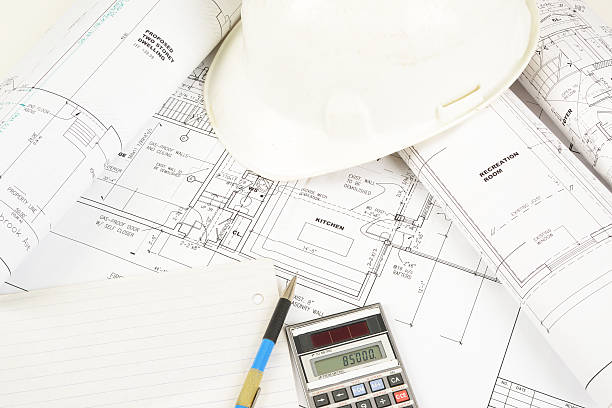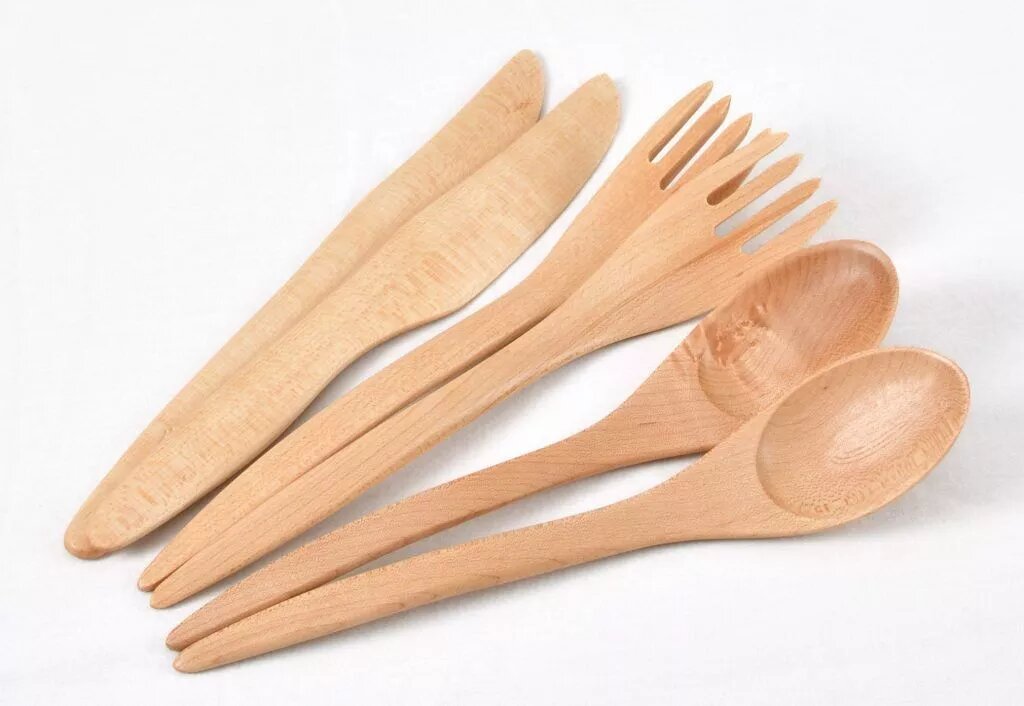Commercial kitchens are a vital part of many industries, from restaurants and hotels to hospitals and schools. These high-pressure environments require a unique set of skills and equipment to operate efficiently and effectively. One essential piece of equipment that can help increase productivity in a commercial kitchen is the henny penny open fryer that is designed for high-volume frying, making it an ideal choice for busy kitchens that need to produce large quantities of fried foods quickly and consistently.
Organization is Key
One of the most important things you can do to improve the productivity of your kitchen is to get organized. Start by creating a system for storing and labelling ingredients so that everything is easy to find and access. This will not only save time when preparing dishes, but it will also help reduce waste by clarifying what ingredients you have on hand.
It’s also important to keep your kitchen clean and tidy. Ensure all equipment and utensils are properly placed, and work surfaces are cleared off and ready for the next task.
Invest in Quality Equipment
In a commercial kitchen, time is money. Every minute that your staff spends waiting for equipment to heat up, cool down, or otherwise prepare for use is a minute that could be spent preparing food. Investing in high-quality equipment can help to reduce these downtime periods, making your kitchen more efficient and productive.
What Should Be in The Commercial Kitchen?
From Henny Penny Open Fryer to fire suspension system, below are some of the most important elements that should be included in a commercial kitchen:
- Cooking Equipment: Commercial kitchens require a range of specialized cooking equipment to prepare different types of food. These may include ovens, stovetops, grills, fryers, and other specialized equipment such as pizza ovens or steamers. The specific types of cooking equipment needed will depend on the types of dishes that the kitchen prepares.
- Refrigeration and Storage: Commercial kitchens require various refrigeration and storage equipment to keep ingredients fresh and ready for use. This may include walk-in coolers, freezers, reach-in refrigerators, and shelving units for dry storage.
- Work Surfaces and Prep Stations: A commercial kitchen needs ample counter space for food preparation and dedicated prep stations for different types of food preparation. These may include cutting boards, sinks, and specialized equipment such as meat slicers or food processors.
- Cleaning and Sanitation Equipment: Keeping a commercial kitchen clean and sanitary is essential to preventing the spread of germs and bacteria. A commercial kitchen should be equipped with sinks for handwashing and dishwashing, as well as specialized cleaning equipment such as commercial dishwashers, floor scrubbers, and sanitizing stations.
- Ventilation and Exhaust Systems: Commercial kitchens produce a lot of heat, smoke, and steam, which can be dangerous if not properly ventilated.
- Fire Suppression Systems: Fire safety is crucial for any commercial kitchen. All commercial kitchens should have fire suppression systems installed to extinguish fires quickly and prevent them from spreading.
Train Your Staff
Your staff is the heart of your kitchen, and their productivity can greatly impact your bottom line. To maximize their efficiency, it’s important to provide them with the training and support they need to succeed.
Start by establishing clear expectations and procedures for each task. This will help ensure everyone is on the same page and working toward the same goals. Consider providing regular training sessions to keep your staff up to date on the latest techniques and best practices.
Streamline Your Menu
While it’s important to offer a variety of dishes to your customers, a complex menu can be a major drain on your kitchen’s productivity. Each dish requires its own ingredients, preparation techniques, and cook times, which can slow down your kitchen’s output.
Consider streamlining your menu by focusing on a few core dishes that can be prepared quickly and efficiently. This will not only help reduce the workload on your staff but also help ensure that each dish is prepared to perfection.
Use Technology to Your Advantage
In today’s digital age, various tools and technologies are available to help streamline your kitchen’s operations. Consider investing in a point-of-sale (POS) system to help automate your ordering and payment processes. This can help reduce errors and save time by eliminating the need for handwritten tickets and manual calculations.
You may also consider using software to manage your inventory and ordering processes. This can help you stay on top of your supplies and prevent shortages while reducing the time your staff spends on paperwork and administrative tasks.
To Conclude
There are a variety of strategies you can use to improve the productivity of your commercial kitchen. From getting organized and investing in quality equipment to training your staff and streamlining your menu, there are many ways to make your kitchen more efficient and effective. By implementing these tips and techniques, you can help to reduce downtime, increase output, and ultimately boost your bottom line.





